-
×
 100 pack Insulin Syringes 28g and1 cc
1 × $35.00
100 pack Insulin Syringes 28g and1 cc
1 × $35.00 -
×
 Whey Powder Quality Fat, Perfect and Micronutrient Support
1 × $45.00
Whey Powder Quality Fat, Perfect and Micronutrient Support
1 × $45.00 -
×
 Letrozole 2.5mg (Femara) – Anti-estrogen, decreases fat build-Up
1 × $125.00
Letrozole 2.5mg (Femara) – Anti-estrogen, decreases fat build-Up
1 × $125.00 -
×
 Arimidex 1mg Tablets For Control Man Boob Growing
1 × $130.00
Arimidex 1mg Tablets For Control Man Boob Growing
1 × $130.00
100 pack Insulin Syringes 28g and1 cc
$50.00 Original price was: $50.00.$35.00Current price is: $35.00.
- Insulin Syringes 28g provide the perfect combination of comfort and precision to ensure effective management of diabetes. Boasting thin 28-gauge needles for painless injections while offering precise dosing. Available in various sizes for easy handling and secure storage – perfect for everyday life use Syringes from us can assist you with keeping up your insulin regimen easily and comfortably.
Quantity Discount
2 and more: 5%
5 and more: 8%
8 and more: 10%
Category: PROTECTION AND KITS
Buy together with this product
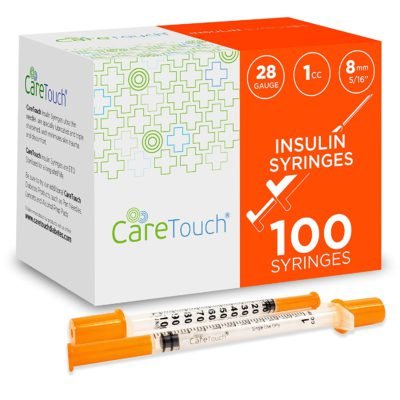 Sale!
Sale! 100 pack Insulin Syringes 28g and1 cc
$50.00 Original price was: $50.00.$35.00Current price is: $35.00.
+
Clomid 50mg -PCT- Hormone Balancing , Keep Male Masculinity
$165.00 Original price was: $165.00.$125.00Current price is: $125.00.
Focus iQ - Brain, Memory Support Increase Mental Focus & Concentration
$59.00 Original price was: $59.00.$35.00Current price is: $35.00.
Letrozole 2.5mg (Femara) – Anti-estrogen, decreases fat build-Up
$165.00 Original price was: $165.00.$125.00Current price is: $125.00.
Insulin Syringes 28g Precision Tools for Effective Diabetes
Effectively managing diabetes requires using the appropriate tools, and insulin Syringes play an essential part. Of the various available insulin Syringes options, 28g insulin Syringes have proven themselves as popular choices due to their ease of use and accuracy – this blog will cover their advantages, benefits, and best practices in more depth.
What Is a 28g Insulin Syringe?
A 28g insulin syringe is one of the specialized syringes designed for administering insulin. “28g” refers to both the number representing insulin dosage, as well as gauge number (which represents needle thickness). A larger gauge number indicates thinner needles. Ultimately, these needles help minimize discomfort during injections making it one of the preferred choices among many diabetic patients.
Benefits of 28g Insulin Syringes
1. Comfortable Injection Experience
The smaller needle of 28g delivers less trauma to tissues and discomfort during injection, which makes for easier use for those needing multiple daily shots. This advantage can particularly assist those requiring numerous daily shots.
2. Precise Dosing 28g
syringes have been developed with precise measurements in mind to allow users to administer insulin doses precisely and manage blood sugar effectively. Such precision is integral in providing efficient care of blood sugar.
3. Easy Handling
Most insulin syringes that weigh 28g feature ergonomic designs to make them simple for those with limited strength to use, making taking care of diabetes easier overall. These ergonomic features could make taking care of diabetes less daunting for users and give you more peace of mind in managing it effectively.
4. Diverse Capacity 28g
syringes can be found with capacities ranging from 0.3 milliliters to 1 milliliter, so users can choose one that best meets their insulin needs.
Instructions on How to Use a 28g Insulin Syringe
Operating an insulin syringe that weighs 28g may seem simple, but proper techniques must be utilized for safety and efficiency. Here is the step-by-step process:
1. Gather Your Supplies
To get started, gather an insulin vial 28g in weight, alcohol swabs, and a sharps container as necessary.
2. Sanitize,nta Prior to use,
use an alcohol swab to disinfect the surface of the vial of insulin to prevent contamination and ensure proper storage conditions.
3. Produce Insulin
To extract insulin, first pull back on the plunger so as to inject air into the syringe equaling your desired dose of insulin. Subsequently, insert needle into vial before pressing plunger downwards – this creates positive pressure that makes pulling insulin easier.
Flip the vial over and use a syringe to inject an appropriate dose of insulin into it, being careful that there are no air bubbles.
4. Select an Injection Site
Typical injection sites for lipodystrophy prevention include abdominal, thigh, and upper arm injection sites. Rotation should also be implemented so as to reduce lipodystrophy (lumps or slits in your skin surface).
5. Administer Insulin
Clean the injection site using an alcohol swab.
Create an injection site opening before inserting your needle at an angle of 90 degrees (or 45 degrees if your skin is thin) and pressing slowly with your plunger until insertion is complete, before taking care not to press too hard with its plunger and taking off immediately with gentle pressure applied over that area.
6. Dispose Correctly
Place used syringes immediately following use in a sharps container to avoid accidentally inducing needles.
Brand
Others Brand
Be the first to review “100 pack Insulin Syringes 28g and1 cc” Cancel reply
Related products
Sale!
PROTECTION AND KITS
Sale!
PROTECTION AND KITS
Sale!
PROTECTION AND KITS
Liver Care – Himalaya Boosts liver Performance, Detox and Enzymes
Sale!
PROTECTION AND KITS
Liposomal Vitamin C – High Absorption, Fat-Soluble, Antioxidant Supplem
Sale!
PROTECTION AND KITS
Letrozole 2.5mg (Femara) – Anti-estrogen, decreases fat build-Up
Sale!
PROTECTION AND KITS
Sale!
PROTECTION AND KITS
Sale!
PROTECTION AND KITS

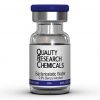
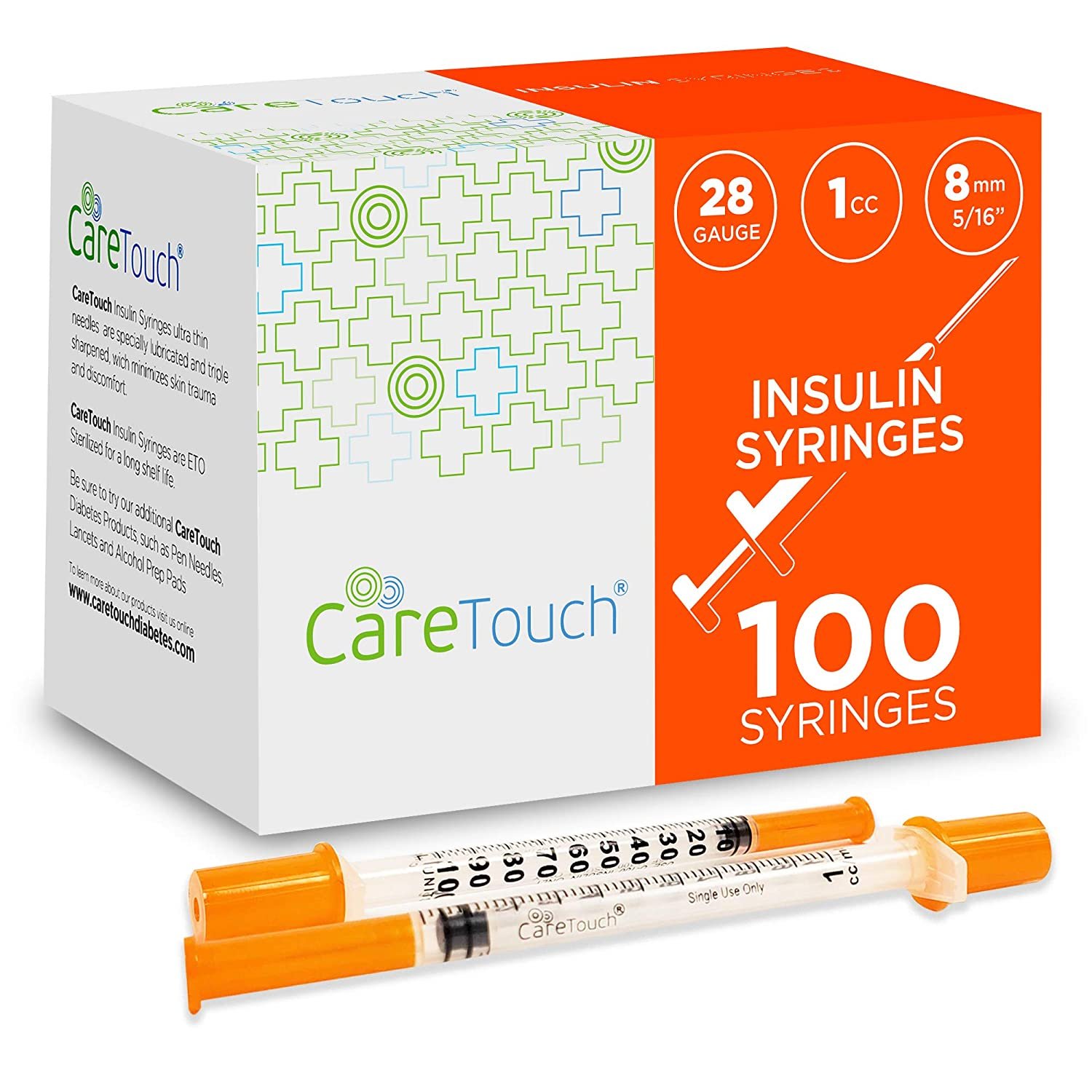

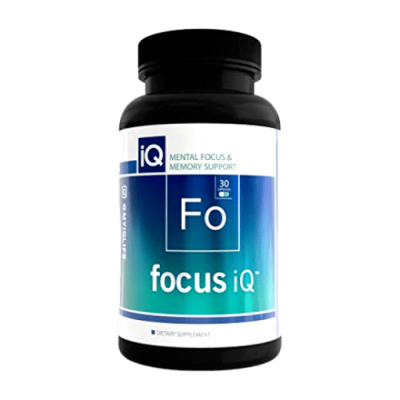



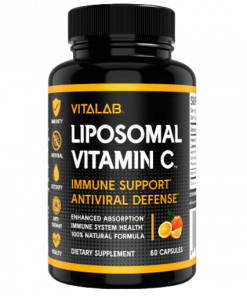
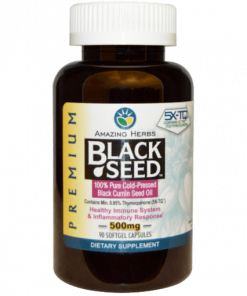


Reviews
There are no reviews yet